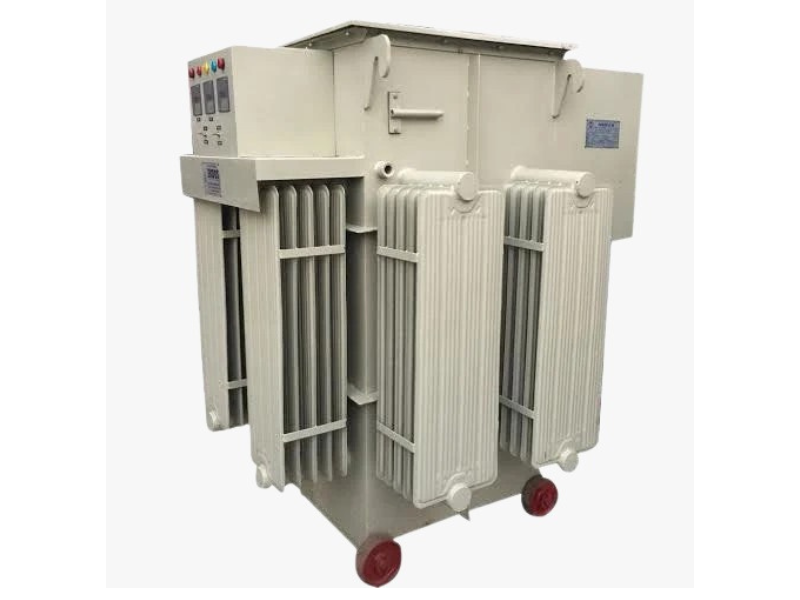In today's time, consistent and reliable power supply is crucial for smooth operations, whether it's a residential household, a commercial establishment, or an industrial facility. Voltage fluctuations can lead to a host of problems, from equipment damage to reduced efficiency. This is where Servo Voltage Stabilizers (SVSs) come into play. What is a Servo Voltage Stabilizer? A Servo Voltage Stabilizer is a device designed to regulate the voltage supplied to electrical equipment. It automatically adjusts the output voltage to compensate for fluctuations in the input voltage, ensuring a stable and reliable power supply. Why Choose a Servo Voltage Stabilizer? Protects Your Devices: SVSs safeguard your valuable electronic equipment from voltage spikes and dips, extending their lifespan. Enhances Performance: Consistent voltage ensures optimal performance of your devices, improving efficiency and productivity. Prevents Data Loss: SVSs help prevent data loss and corruption caused by power surges and sags, especially critical for computers and servers. Reduces Maintenance Costs: By protecting your equipment, SVSs reduce the need for frequent repairs and replacements. RRR Electricals: Your Trusted Partner for Servo Voltage Stabilizer Solutions At RRR Electricals, we offer a comprehensive range of Servo Voltage Stabilizers to meet your specific needs. Our products are designed to deliver superior performance, reliability, and durability. Our Services: Sales: We provide a wide range of SVSs from leading brands, catering to various power requirements. Service: Our expert technicians offer prompt and efficient repair and maintenance services. AMC: Our Annual Maintenance Contracts ensure optimal performance and longevity of your SVS. Rent: We offer flexible rental options for short-term and long-term needs. How to Choose the Right Servo Voltage Stabilizer: When selecting an SVS, consider the following factors: Voltage Input Range: Determine the minimum and maximum input voltage your equipment can tolerate. Voltage Output Rating: Choose an SVS with a sufficient output voltage rating to power your devices. Power Rating: Select an SVS with a power rating that matches your total load. Response Time: A faster response time ensures quick voltage correction. Efficiency: Look for energy-efficient SVSs to reduce operating costs. Noise Level: Consider the noise level, especially for residential and commercial applications. Brand Reputation: Choose a reputable brand that offers reliable and durable products. Benefits of Choosing RRR Electricals: Expert Advice: Our knowledgeable team can help you choose the right SVS for your specific needs. Quality Products: We offer high-quality SVSs from trusted brands. Prompt Service: Our technicians are available to address your service needs promptly. Competitive Pricing: We offer competitive prices on sales, service, and rental. Customer Satisfaction: We prioritize customer satisfaction and strive to exceed expectations. Protect Your Power, Protect Your Future By investing in a quality Servo Voltage Stabilizer from RRR Electricals, you can safeguard your valuable equipment, enhance performance, and minimize downtime.
Send Message
